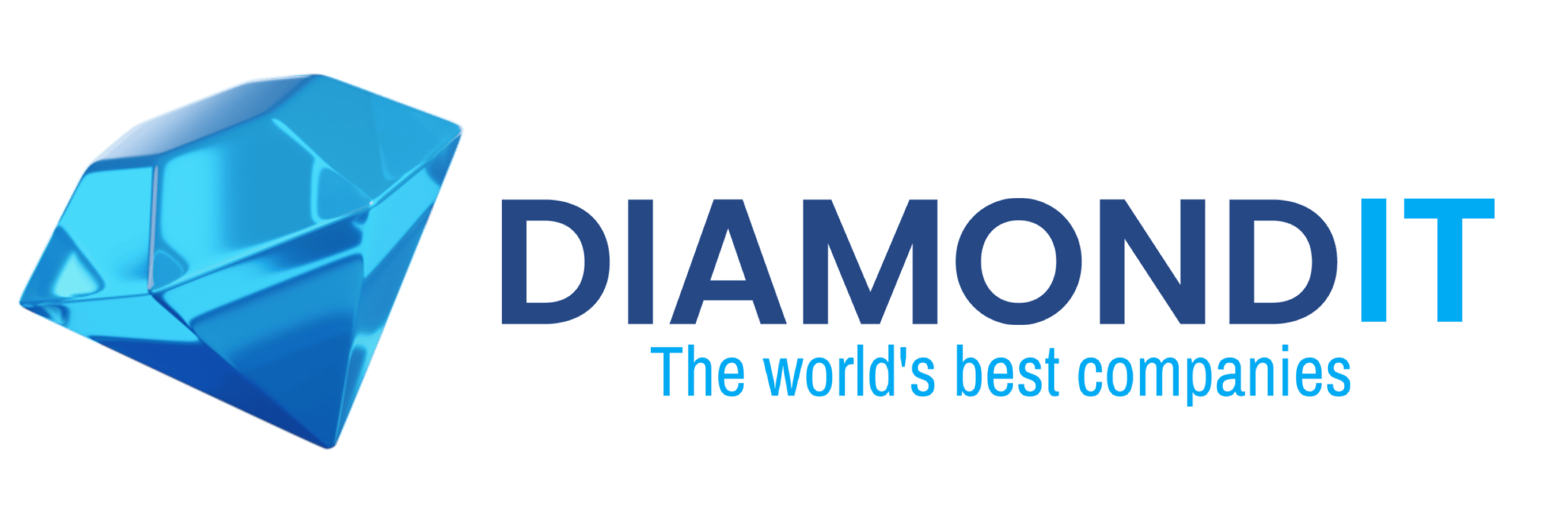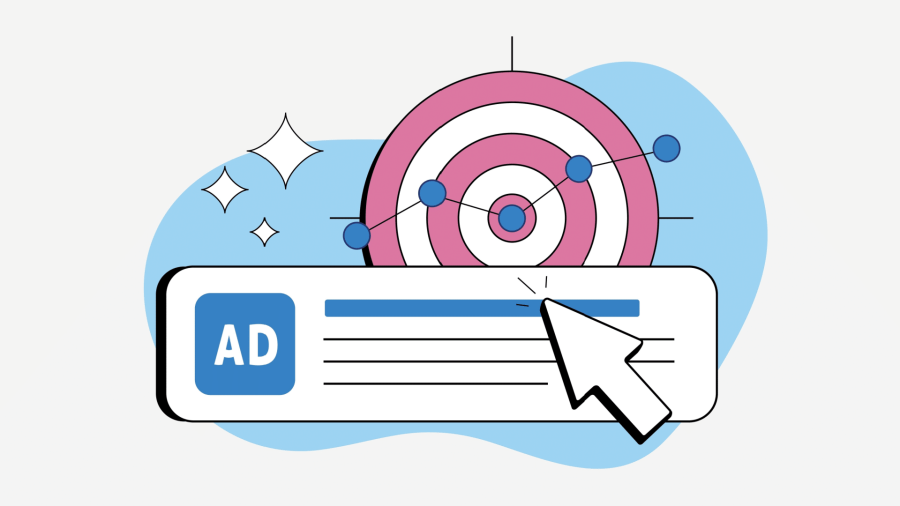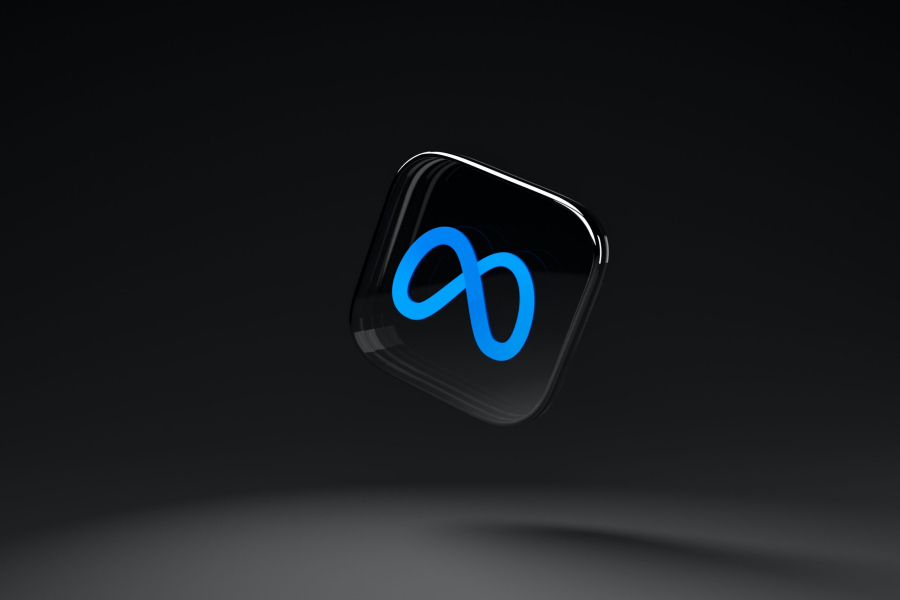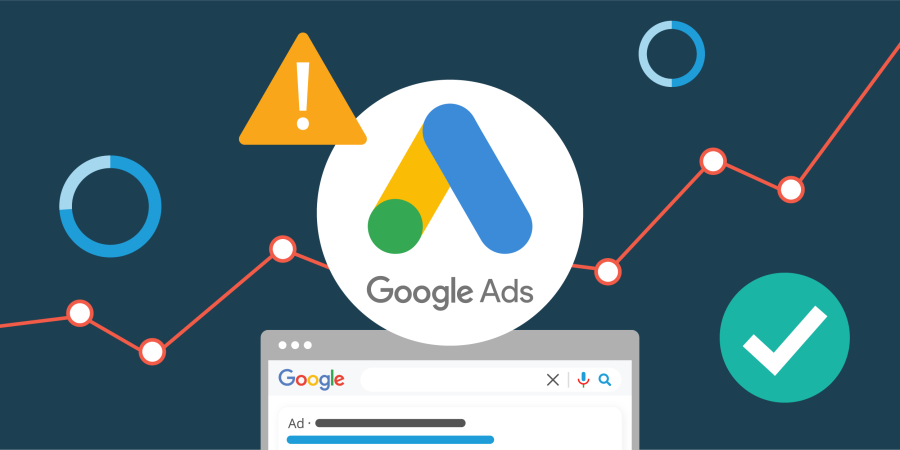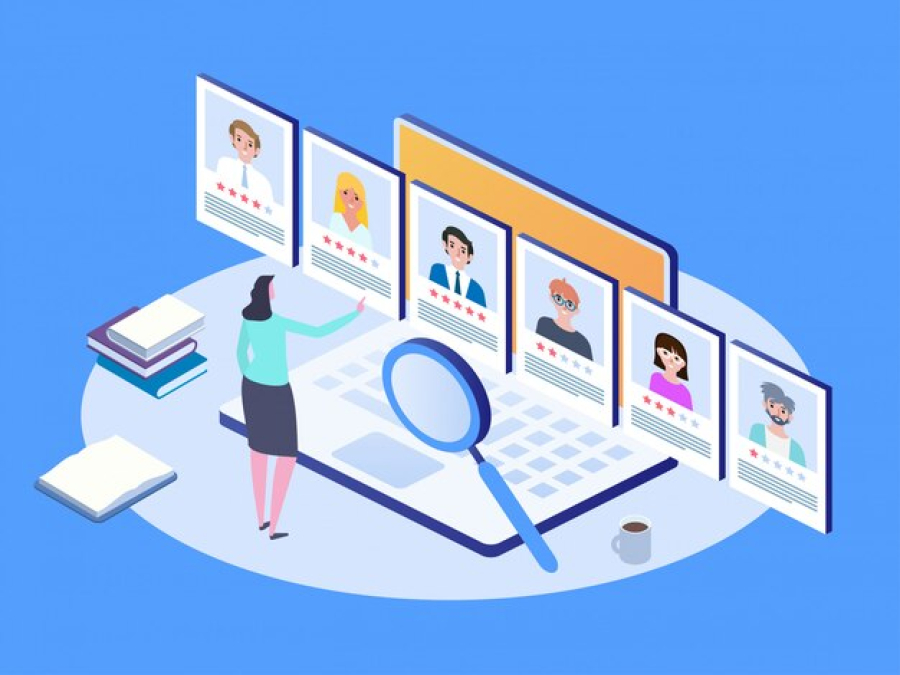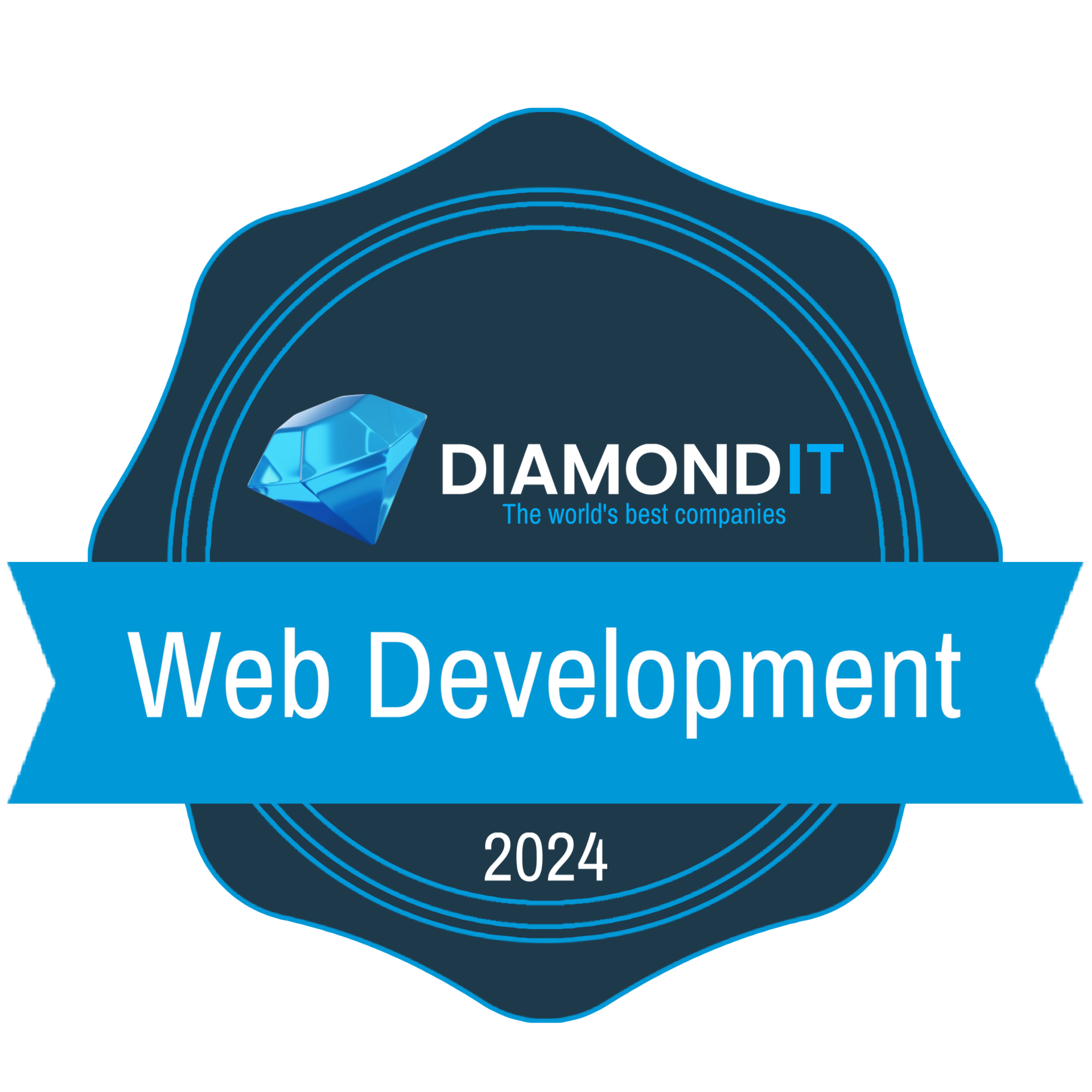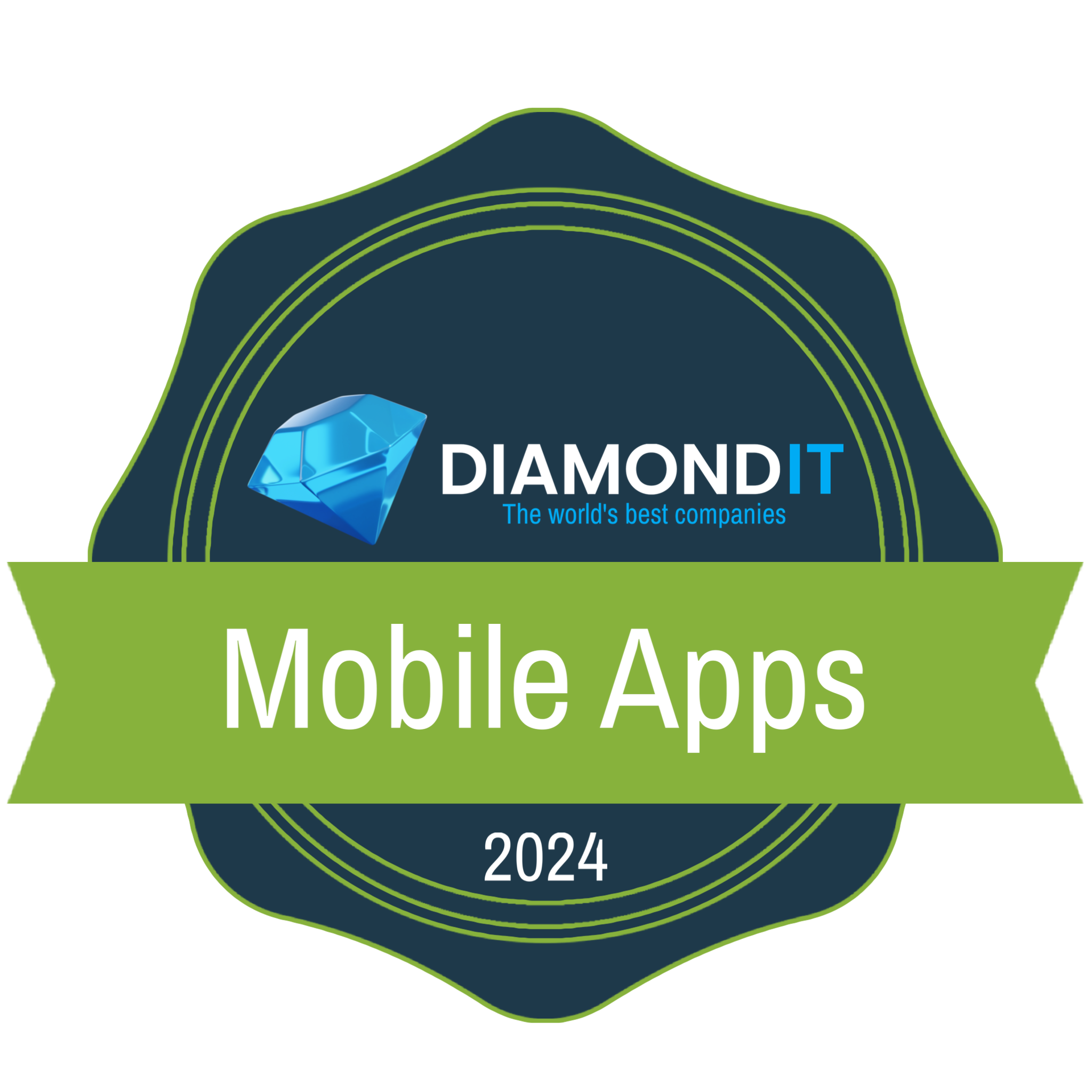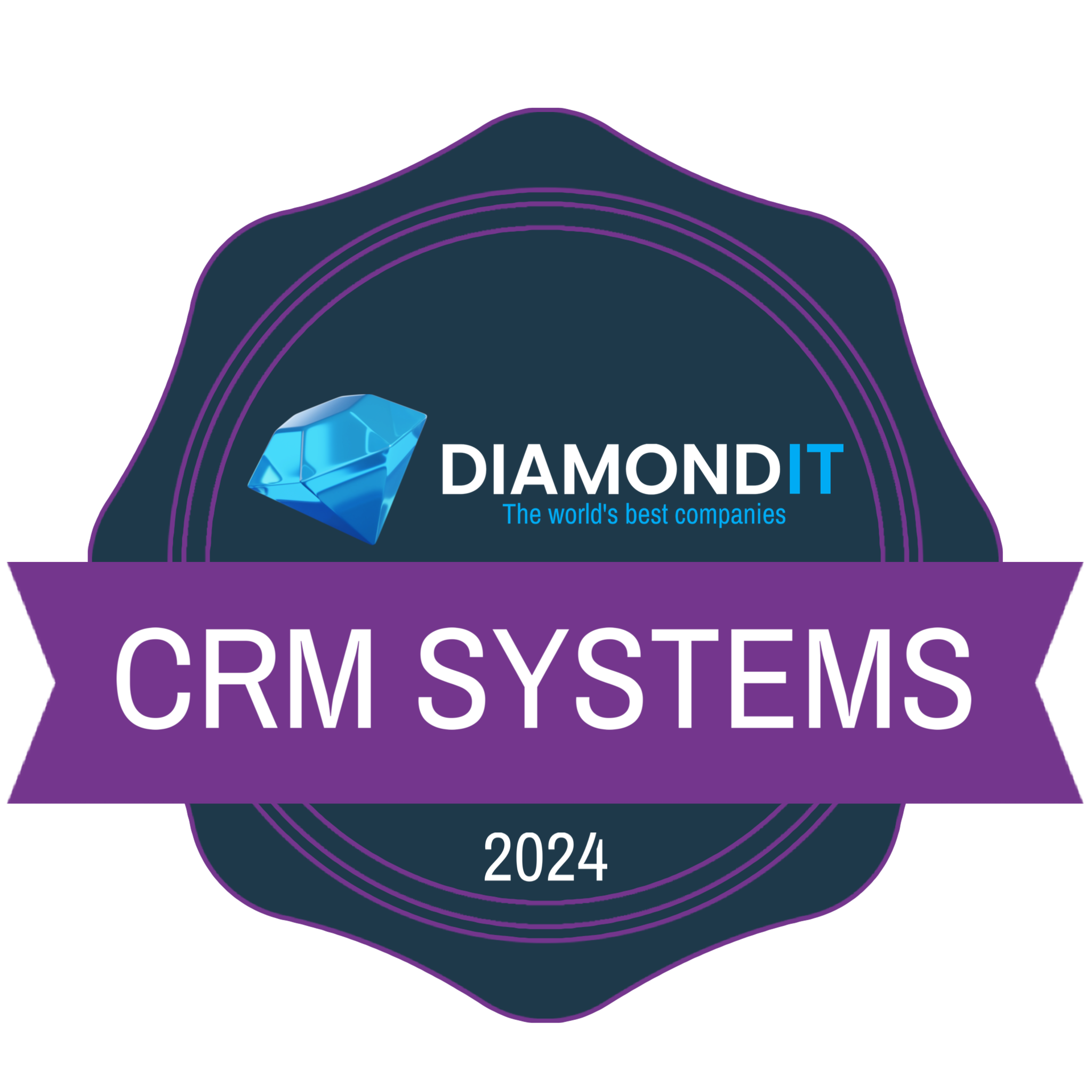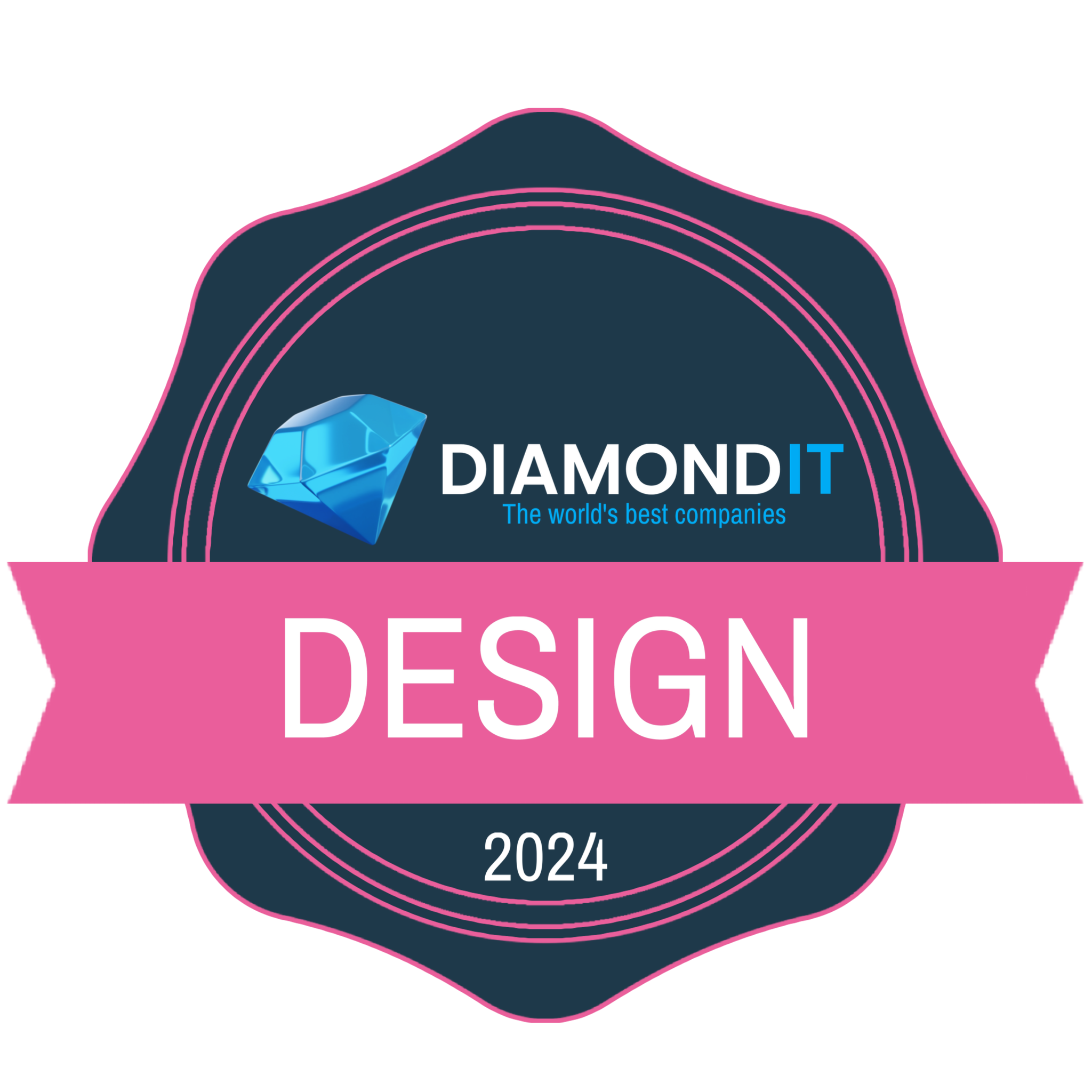PPC Advertising in 2025: Strategies, Trends, and Best Practices
Introduction
Pay-Per-Click (PPC) advertising remains one of the most effective digital marketing strategies for businesses looking to drive targeted traffic, increase conversions, and maximize ROI. In 2025, AI-driven automation, audience segmentation, and data-driven optimization are shaping the future of PPC.
This guide covers:
✅ How PPC works and why it’s essential
✅ Best practices for optimizing PPC campaigns
✅ Top trends and AI-powered advancements in PPC
✅ Recommended tools for PPC management in 2025
What is PPC Advertising?
PPC (Pay-Per-Click) advertising is a model where advertisers pay only when a user clicks on their ad. The most common platforms include:
🔹 Google Ads (Search, Display, Shopping, YouTube)
🔹 Microsoft Advertising (Bing Ads)
🔹 Social Media Ads (Facebook, Instagram, LinkedIn, TikTok, Twitter)
🔹 E-commerce PPC (Amazon Ads, Walmart Ads)
Why PPC is Important in 2025
✅ Instant Traffic – Unlike SEO, which takes time, PPC drives immediate visitors.
✅ Highly Targeted – Advertisers can target audiences based on location, interests, demographics, and search intent.
✅ Scalable & Measurable – Performance can be tracked, optimized, and adjusted in real-time for better ROI.
✅ AI & Automation – Platforms like Google Ads use AI-driven bidding and audience insights to improve ad performance.
Best Practices for PPC Success in 2025
1. Use AI-Powered Bidding Strategies
🔹 Smart Bidding (Target CPA, Maximize Conversions, ROAS) automates bidding using machine learning.
🔹 Performance Max Campaigns leverage AI to optimize across Google Search, YouTube, Display, and Discovery ads.
📌 Tip: Test different bidding strategies and let AI optimize for highest ROI.
2. Optimize for Voice Search & Conversational Queries
With the rise of voice assistants (Siri, Alexa, Google Assistant), PPC campaigns must include long-tail, question-based keywords like:
❌ Traditional: “Best running shoes”
✅ Voice Search: “What are the best running shoes for marathon training?”
📌 Tip: Use question-based ad copy and create landing pages that align with user intent.
3. First-Party Data & Privacy-Focused Targeting
With cookie deprecation and stricter privacy laws, marketers must focus on first-party data strategies:
✔ Use CRM-based targeting (Google’s Customer Match, Facebook Custom Audiences)
✔ Implement server-side tracking for accurate conversion data
✔ Leverage AI-driven predictive analytics to target high-intent users
📌 Tip: Google Analytics 4 (GA4) and Facebook’s Conversions API are essential for tracking performance.
4. Focus on Video & Interactive Ads
Video content continues to dominate PPC platforms, especially on YouTube, TikTok, and Facebook Ads.
🔹 YouTube TrueView Ads – Skippable ads with strong CTAs
🔹 Shoppable Video Ads – Direct purchase links inside videos
🔹 TikTok Spark Ads – Boosting organic content for better engagement
📌 Tip: Test 6-second bumper ads and story-driven video ads for higher engagement.
5. Landing Page Optimization for Higher Conversions
Driving traffic is only half the battle—converting visitors into customers is key.
✔ Use high-speed, mobile-friendly landing pages
✔ Implement clear CTAs (Call-to-Action) above the fold
✔ A/B test different headlines, images, and CTA buttons
✔ Add social proof (reviews, testimonials, case studies)
📌 Tip: Tools like Unbounce, Instapage, and Google Optimize help create and test landing pages efficiently.
Top PPC Trends in 2025
🚀 1. AI-Powered Ad Targeting & Automation
🔹 AI analyzes user behavior, purchase intent, and search patterns to serve hyper-relevant ads.
📌 Example: Google’s Performance Max Campaigns automate targeting, creative assets, and placements across all channels.
🔄 2. Rise of Conversational PPC & Chatbot Ads
🔹 Ads now integrate AI chatbots to interact with users directly inside the ad.
📌 Example: Facebook Messenger Ads & Google Business Chat allow users to ask questions before clicking through.
🔒 3. Cookieless Advertising & Privacy-First Targeting
🔹 With Google phasing out third-party cookies, PPC advertisers rely more on first-party data, AI-driven contextual targeting, and server-side tracking.
📌 Example: Google’s FLoC (Federated Learning of Cohorts) groups users based on interests without tracking individuals.
📱 4. Mobile-First & In-App Advertising Growth
🔹 With 80%+ of PPC traffic coming from mobile devices, advertisers prioritize mobile-optimized ads, AMP landing pages, and in-app ad formats.
📌 Example: TikTok Ads, Instagram Reels Ads, and Google App Campaigns dominate mobile PPC spending.
🛒 5. E-Commerce PPC & Shopping Ads Expansion
🔹 Platforms like Google Shopping, Amazon Ads, and Facebook Marketplace are growing as more businesses shift to e-commerce advertising.
📌 Example: Google’s Free Shopping Listings and Buy on Google enable merchants to reach organic and paid audiences.
Top PPC Tools in 2025
| Category | Best Tools |
|---|---|
| PPC Management | Google Ads, Microsoft Ads, Facebook Ads Manager |
| Automation | Smart Bidding, Performance Max Campaigns |
| Landing Page Optimization | Unbounce, Instapage, Google Optimize |
| Keyword Research | Google Keyword Planner, SEMrush, Ahrefs |
| Analytics & Tracking | Google Analytics 4, Facebook Conversions API |
Conclusion
In 2025, PPC advertising is more data-driven, AI-powered, and privacy-focused than ever before. By leveraging automation, AI-based targeting, and first-party data strategies, businesses can stay ahead in a rapidly evolving landscape.
🔹 Key Takeaways:
✔ AI-driven automation & smart bidding are essential for PPC success
✔ Privacy-first, cookieless targeting requires first-party data strategies
✔ Video, interactive, and conversational ads increase engagement & conversions
✔ Optimized landing pages are critical for maximizing PPC ROI
🚀 Are you ready to optimize your PPC campaigns in 2025? Let us know your thoughts in the comments!
